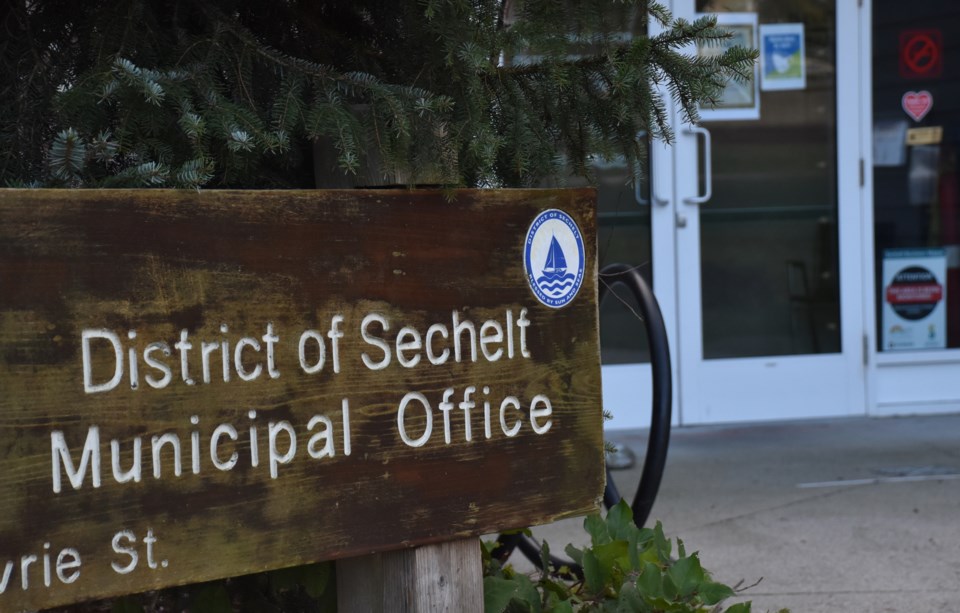Sechelt is looking at making it easier to relocate dwellings in the municipality.
During a May 8 committee of the whole, Sechelt council members discussed the viability of relocating dwellings in the district. Coun. Alton Toth put forward a motion, recommending staff draft amendments to the Building Bylaw to allow relocated dwellings placed in Sechelt, which the committee supported unanimously.
Recommended amendments include altering bylaw language to more readily facilitate dwellings in the district and ensuring an engineering report on life safety improvements and hazardous material is included in assessments.
James Nyhus, Sechelt chief building official, said that dwelling relocation section of the Building Bylaw has stayed the same since the bylaw’s creation in 2003. Nyhus was in favour of the update, recommending sections be redone and added there are many things to take into consideration when moving buildings.
“Relocating buildings from one jurisdiction to another isn’t really a cut and paste operation,” Nyhus said.
As an example of differing requirements even in the South Coast region, Nyhus explained that moving a house from sea level at Ladner with a snow load requirement of 1.3 kPa to Squamish where the standard is 2.8 kPa, would require structural upgrades.
He clarified that Sechelt’s Building Bylaw does allow for relocating buildings – with some stipulations such as having a report prepared by a professional engineer stating the building was constructed to code and a written statement from the owner declaring that the building will be upgraded to the current code within 24 months of getting the permit.
Building materials are an important factor in relocating homes, Nyhus said, adding how buildings constructed before 1992 used asbestos and disturbing the building can “liberate” the asbestos fibres.
He noted that relocating a building can change requirements related to weight loads, fire separation, wind, snow or earthquakes.
Nyhus speculated that with the province’s small scale multi-unit housing initiative coming, there will be increased pressure to move houses into jurisdictions with more permissive bylaws.
He recommended redoing part 16 of the Building Byaw to reflect the limitations of the Building Act and the objectives of council.
Coun. Adam Shepherd said this is a fabulous opportunity “because it's just not building extra housing, it's affordable housing.”
Toth highlighted the importance of the topic, noting that B.C. is facing an affordable housing crisis and how much of the history of the Sechelt community was built on relocated dwellings, be they cabins, bunkies or full-sized homes.
The recommendation still needs to be endorsed by council.
Jordan Copp is the Coast Reporter’s civic and Indigenous affairs reporter. This reporting beat is made possible by the Local Journalism Initiative.



